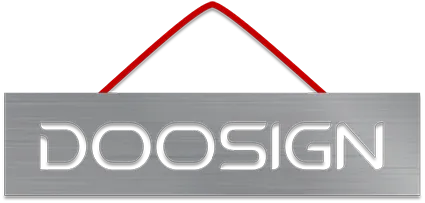
The LED display screen is a large LED screen made up of multiple LED modules, and the display module is assembled from many LED lamp beads. The quality of the LED display effect has a lot to do with the assembly of the LED display. The key to the assembly of the display screen is the connection method. If the connection is not good, it will affect the picture quality of the LED display screen and even cause the display screen to fail to operate normally.
The connection methods of LED display screen include the following:
1. Series connection method: All LED lights are connected end to end. This connection method is simple and the working current is equal.
2. Parallel connection method: LED lights are connected in parallel from beginning to end. When working, the voltage on each LED light is equal. This connection method is not highly reliable, but it adopts an independently matched parallel connection. It has the characteristics of good driving effect, complete protection of a single LED lamp, and does not affect the operation of other lamp bodies in case of failure.
3. Hybrid connection mode: It is a combination of the advantages proposed by parallel connection and series connection, including the hybrid connection mode of series first and then parallel and the hybrid mode of parallel connection first and then series.
4. Cross array mode: The cross array mode is mainly proposed to improve the reliability of the LED display screen and reduce the failure rate.
In addition, data connection methods include serial connection and parallel connection, which are suitable for different situations.
Related Post: How to install LED outdoor screen
Common methods for detecting LED unit boards
A very important component of the LED electronic display is the LED unit board. If there is a problem with the unit board, it will directly affect the overall quality of the LED display! Therefore, how to identify the quality of the LED unit board is a concern for LED display merchants. Here are some common methods for testing LED unit boards.
1. LED unit board sheet
In order to compete at low prices, some LED unit board manufacturers use cheap flame-retardant paper boards or single-sided fiber boards as PCB circuit boards for LED lights. Because all-glass fiber PCB boards are very expensive. The difference is not noticeable at first, but usually within a year it will break due to moisture, ultraviolet damage, oxidation and other reasons, causing the entire LED unit board to be scrapped. High-quality LED unit boards must use double-sided all-glass fiber PCB boards. Although the cost is high, the quality is guaranteed.
2. IC devices
Observe whether the brands of IC devices used are consistent. What type of IC is used and how many ICs are used are enough to affect the quality of the LED unit board. Some LED display manufacturers, in order to save costs, will deliberately reduce the number of ICs when producing unit boards, or mix in ICs from other brands.
3. Lamp beads and chips:
It is impossible to tell the quality of lamp beads with the naked eye. It can only rely on long-term testing, which is what experts call aging testing. The general approach of LED display manufacturers is to check whether the LED display can operate normally before leaving the factory. It will not undergo a long-term aging test. Because there are time costs and labor costs.
Welding quality
Check the patch to see if there are missing or wrong components, and whether there are burrs or short circuits on component pins. Check whether the solder joints of the direct plug-in are smooth and round, whether the board surface is clean and tidy, and whether there are no empty or missing solder joints. Check the insertion flatness of the luminous dot matrix and the consistency of the ink color.
Power on test
Power-on test (please refer to the steps of “Performance Test Report”):
- Power on to test the consistency of the luminous dot matrix;
- Power on and test whether the row drive tube CEM4953 is effectively protected;
- Power on to test the signal transmission capability.
The above are common methods for detecting the quality of LED unit boards. I hope it will be helpful to LED display merchants and users. In addition, quality is king. It is also necessary for manufacturers to reject cheap and shoddy LED displays to prevent unit board damage from affecting normal operation and subsequent unnecessary maintenance.



